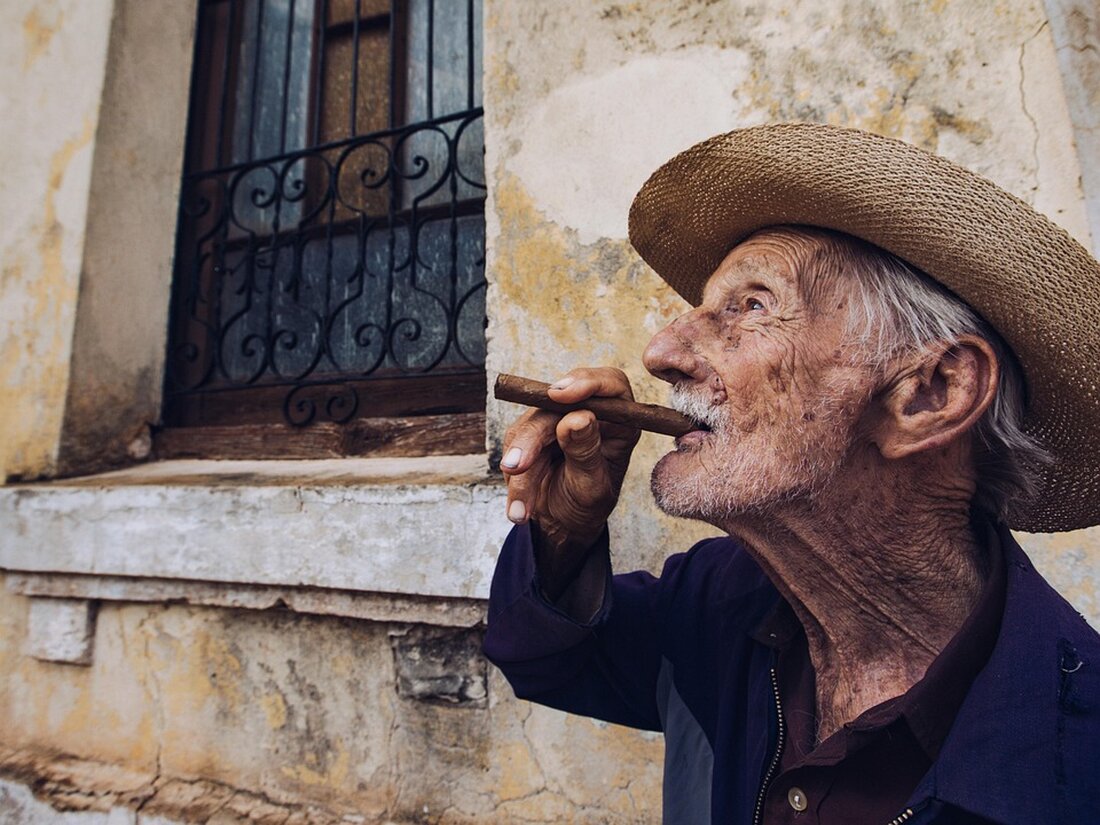Cuba 2025: tourist paradise or shadow world of the locals?
Discover Cuban tourism on June 19, 2025: From Havana to Viñales, economic differences and authentic experiences.

Cuba 2025: tourist paradise or shadow world of the locals?
In Cuba, tourism is a double-edged sword. A trip from Havana to Viñales impressively shows the contradictions in people's everyday lives and the big economic difference between locals and vacationers. While tourists paying in euros get around quickly, many Cubans wait under bridges for buses or scrambled for other forms of transportation. This situation is the result of decades of socialist politics and a now fragile economy.
The taxi ride takes you through a landscape in which there are only a few cars to be seen, but many horse-drawn carriages. The driver buys a warning triangle with Cuban pesos on the side of the road, which illustrates the clear economic differences to the world of tourists, whose money has a different value. In Viñales, known for its tobacco cultivation, private trade is flourishing: cigarettes, lighters and home-baked bread are for sale. These businesses often run secretly and offer insights into the everyday lives of Cubans.
About Cigarettes and Rum: The Everyday Life of Cubans
Tourists visiting a plantation are provided with rum and cigars, but the cigars are sold without labels or invoices. The price of a cigar can be equivalent to the monthly salary of a Cuban doctor, further highlighting economic tensions. General life in Cuba takes place at a slower pace; time seems to be in abundance here.
There are frequent power outages in Viñales, which is why many have to rely on generators. Children play baseball at a festival in the plaza that features music and the sale of mojitos. These celebrations are often romantically lit, bringing tourists and locals together.
Economic challenges and the role of tourism
The trips to the beach often take place in a “Taxi Colectivo” and offer a look at the very different needs and price categories that exist under state and private management. Not only are the beaches beautiful to look at, with white sand and turquoise water, they also reflect the high humidity that characterizes the Cuban summer.
The return to Havana often ends in sales conversations on the street, where offers of concerts and cigars lure people. These conversations often take place in apartments where counterfeit products are on sale. This dynamic is a reflection of the volatile economic climate in Cuba and the ongoing supply problems affecting many citizens.
Data on Cuban socialism
The political framework is characterized by strong socialism, which will continue to be defended with draconian severity in 2021 under the current leadership, which dates back to more than six decades of autocracy. Raúl Castro, the younger of the two Castro brothers, oversees the country's fortunes, and fears that the emigrants from Florida will return remain. Cuba has seen a shift from Soviet subsidies to capitalist foreign exchange earnings in recent decades.
The dominance of technocrats, military officers and intelligence officials within the Communist Party shows that the political system is less ideological and more pragmatic. Historically, the Cuban Revolution of 1959 did not result in a popular uprising, but was an internal collapse of the Batista regime.
An important aspect of Cuban socialism is the nationalization of the economy, which has led to a subsistence economy. The rationing card for basic foodstuffs, introduced in 1962, still exists today. This history and the ongoing political repression have led to the active “underdevelopment” of the country, which is reflected in the economic difficulties of the population.
Overall, it turns out that the reality in Cuba is multi-layered. The fascination of tourist attractions is overshadowed by the challenges of daily life, economic inequality and an authoritarian political system.

 Suche
Suche
 Mein Konto
Mein Konto